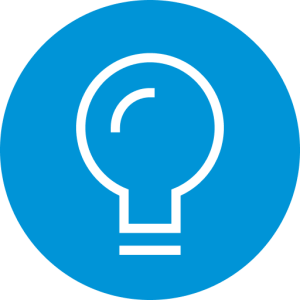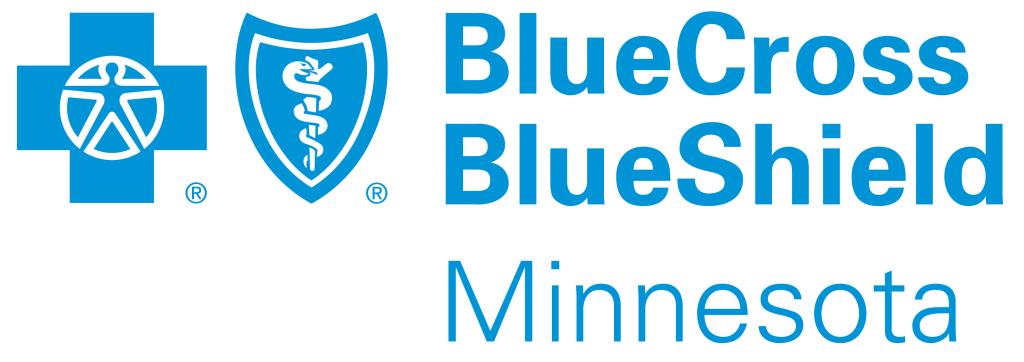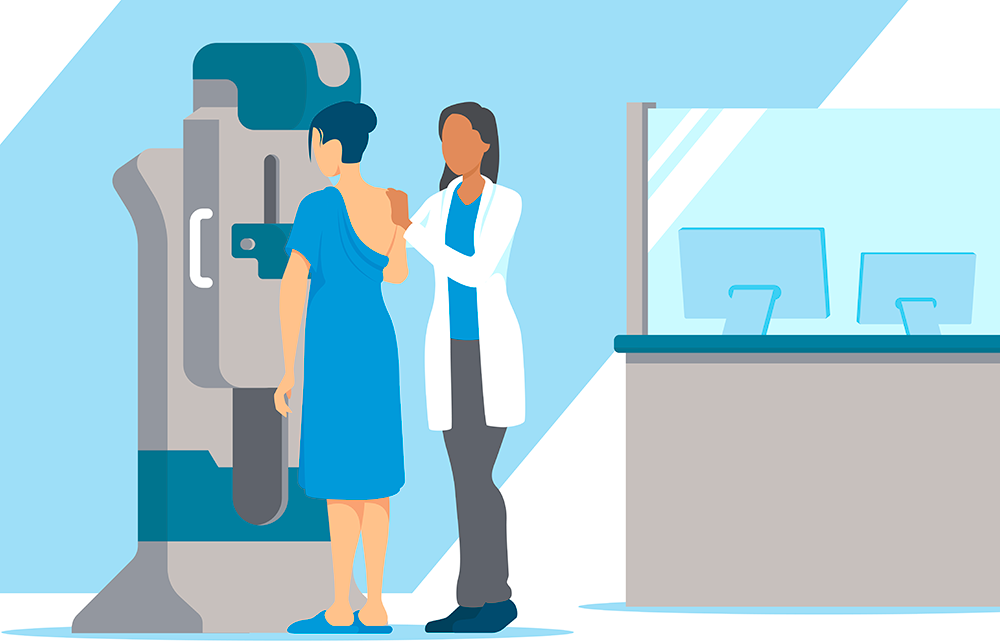Roughly one in eight women will develop breast cancer in their lifetime, according to the American Cancer Society, making it the most common cancer among women, aside from skin cancers. Breast cancer is treatable, though, more so when it’s caught early. That makes regular screenings a must.
And yet, low breast cancer screening numbers remain a concern for oncologists, says Allina surgical oncologist Dr. Natasha Rueth, who specializes in breast cancer and is also the medical director of the Atlanta Health Cancer Institute.
“We have seen a lot of women return back to their mammogram screenings post-COVID,” Rueth says. “During COVID, we saw a huge dip, and then return, in women who were getting screening mammograms because we told people not to come in for that. And so there was an attributed, increased risk of cancer and more advanced cancer as a result of the holdovers from 2020.”
“Now, for some populations, those screening numbers have caught up to pre-COVID numbers, but we still know that there’s some significant populations that have much lower screening rates, including Black women and Hispanic women — these populations still have low rates of mammographic screening.”
Rueth believes there’s a way for Rueth believes there’s a way for every woman to get on a committed schedule of yearly mammograms, and she breaks down the five biggest myths surrounding breast cancer screenings.
![]() 1. “I don’t have time to have the procedure done.”
1. “I don’t have time to have the procedure done.”
For many busy people with a long to-do list, it might sound difficult to set aside the time for a mammogram, but it’s actually a straightforward and typically quick procedure, often only 15–20 minutes of actual study time, Rueth says.
For those wondering what to expect, a mammogram is a compressive study where the breast gets put in a machine and is compressed under pressure so that the tissue can be X-rayed and visualized. Many breast programs now use the 3D mammogram, or the tomosynthesis mammograms, which take additional pictures. The results? Reduced callback rates for additional testing and increased cancer detection rates.
Everyone’s experience will be different, Rueth says, depending on the makeup and density of a woman’s breast tissue, but on the whole, she says it’s generally a mildly uncomfortable few minutes for a life-saving procedure.
“I sort of revert back to the old school, no pain, no gain, but again, for most women, that is not the experience,” she says. “It might not be the most pleasant, but it’s certainly not the hardest thing we will have to go through.”
![]() 2. “I don’t have a family history of breast cancer.”
2. “I don’t have a family history of breast cancer.”
One of the most common misconceptions, Rueth says many women tell her that they don’t have a family history, so are less worried about their likelihood of being diagnosed. However, she says that research shows most breast cancer is not familial, and that a genetic link or predisposition has only been identified in roughly 10% of patients.
“The majority of women have spontaneous cancer, so just because it’s not in your family doesn’t mean that you shouldn’t get screened and take your health screening really seriously,” she says.
Did you Know?

Nearly half of all U.S. adults have high blood pressure. SOURCE: CENTERS FOR DISEASE CONTROL AND PREVENTION
![]() 3. “I’m not sure about my screening schedule.”
3. “I’m not sure about my screening schedule.”
Rueth says there’s often a misunderstanding of the recommendations, which is only fair as the recommendations do change and can be difficult to follow. Some recommendations come from population-based data and some are driven by more breast cancer-specialized data, which explains the variations in recommendations.
Rueth says the best thing to do is follow the recommendations of breast cancer societies, all of which recommend annual mammograms starting at age 40 for most women.
“It’s really reasonable why patients might be confused,” she says. “I think the most important thing you can do is to commit to it and get into a routine and do it once per year.”
![]() 4. “I have accessibility issues and can’t make it.”
4. “I have accessibility issues and can’t make it.”
There are many factors that affect screening rates, particularly among differing populations, that shouldn’t be overlooked. Those include socioeconomic status, public transportation options, representation in the doctor’s office and the cost of medical care. These are very real issues, Rueth says, that still need to be improved. However, she also says that many organizations have made huge strides in making mammograms more accessible for all, including:
• Translating educational materials into other languages
• Finding cultural, community liaisons who can represent a range of people and values while providing medical information
• Mobile mammography
• Offering extended or after hours appointments so people with difficult schedules can still make it
Rueth is also passionate about educating and recognizing women for whom understanding is especially important.
“Really just making sure that you have organizational policies and that your healthcare system and your team are thinking about unique approaches to breast health, is really important,” she says.
![]() 5. “I don’t fall into any of the risk factors.”
5. “I don’t fall into any of the risk factors.”
There are numerous risk-reducing factors that everyone can take to reduce the likelihood of getting breast cancer, but the most proven risk factors you might not be aware of (besides being female, Rueth says), include:
• Age
• Having a higher BMI or largely sedentary lifestyle
• Excessive alcohol intake
It’s never easy or convenient to make an appointment for a medical exam, but the reality is, doing so could save your life, Rueth says. Commit to starting your schedule of yearly mammograms.


